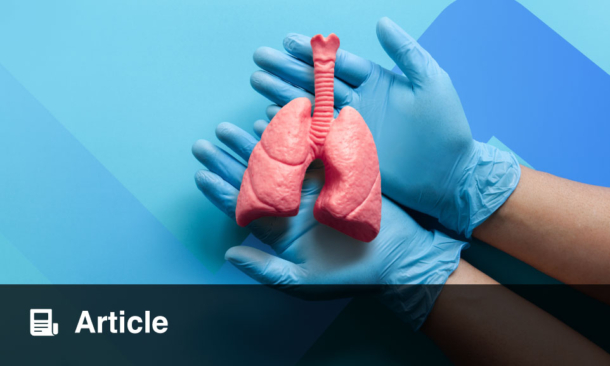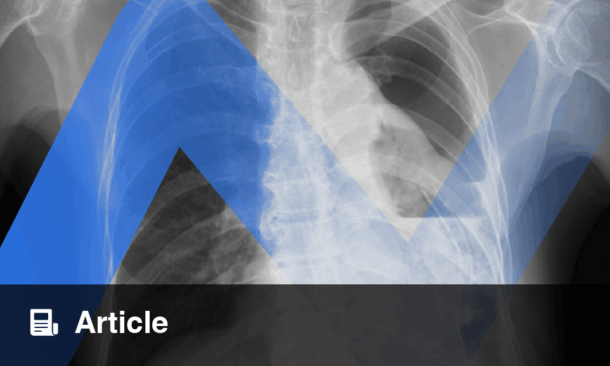A RECENT study reveals significant disparities in cancer staging outcomes for patients treated at the Sidney Kimmel Comprehensive Cancer Center (SKCCC), Johns Hopkins Hospital, Maryland, USA. This cross-sectional study, led by Michael R. Desjardins and colleagues, analysed data from 94,007 cancer patients between 2010–2019, uncovering higher odds of late-stage cancer diagnoses among specific demographic groups and geographic locations.
Key findings indicate that non-Hispanic Black patients, those with Medicaid or no insurance, and patients residing outside SKCCC’s primary catchment area are more likely to be diagnosed with late-stage cancer. The study employed spatial and statistical analyses to assess disparities within and outside the centre’s catchment area, defined by the closest 75% of patients, with additional zones in 5% increments for comparison.
Patients living outside the main catchment area had higher odds of late-stage cancer diagnosis, particularly those who only received a diagnosis (OR: 1.50) or only treatment (OR: 1.44) at SKCCC. Non-Hispanic Black patients (OR: 1.16) and individuals with Medicaid (OR 1.65) or no insurance (OR: 2.12) also faced significantly higher odds of late-stage diagnosis.
Dr. Norma F. Kanarek, co-author of the study, highlighted that these findings suggest disadvantaged populations and those outside the catchment area encounter barriers to early cancer screening and treatment. The disparities underscore the need for improved access to comprehensive cancer care and enhanced screening programs for these vulnerable groups.
The study emphasises the importance of care-sharing agreements among comprehensive cancer centres to mitigate these disparities and ensure equitable cancer care. By addressing these barriers, healthcare providers can improve early diagnosis and treatment outcomes for all patients, regardless of their location or socioeconomic status.
Reference:
Desjardins et al. Disparities in Cancer Stage Outcomes by Catchment Areas for a Comprehensive Cancer Center. JAMA Netw Open. 2024;7(5):e249474.








